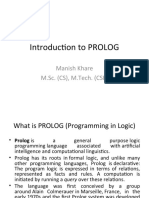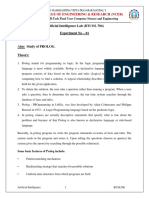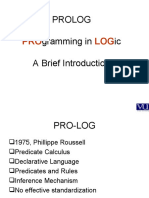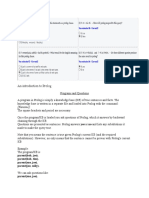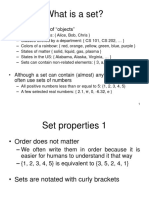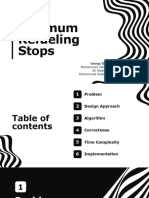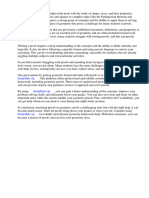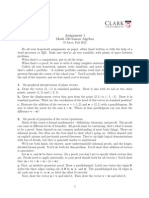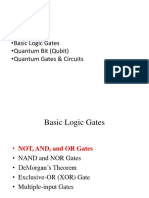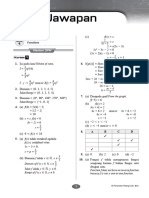0% found this document useful (0 votes)
92 views14 pagesArtificial Intelligence: Introduction To Prolog
Prolog is a logic programming language that is declarative rather than imperative. A Prolog program consists of facts and rules stated in terms of predicates and variables. The Prolog interpreter can answer queries by searching the database of facts and rules to determine if the query logically follows. Prolog is well-suited for artificial intelligence applications like expert systems and natural language processing due to its basis in logical rules.
Uploaded by
Syeda Dania FatimaCopyright
© © All Rights Reserved
We take content rights seriously. If you suspect this is your content, claim it here.
Available Formats
Download as PDF, TXT or read online on Scribd
0% found this document useful (0 votes)
92 views14 pagesArtificial Intelligence: Introduction To Prolog
Prolog is a logic programming language that is declarative rather than imperative. A Prolog program consists of facts and rules stated in terms of predicates and variables. The Prolog interpreter can answer queries by searching the database of facts and rules to determine if the query logically follows. Prolog is well-suited for artificial intelligence applications like expert systems and natural language processing due to its basis in logical rules.
Uploaded by
Syeda Dania FatimaCopyright
© © All Rights Reserved
We take content rights seriously. If you suspect this is your content, claim it here.
Available Formats
Download as PDF, TXT or read online on Scribd
/ 14






